Building a Bug Out Bag (also called a BOB) is one of the essential steps to prepare for disaster and increase your chances of survival.
The idea is to pack your BOB with everything you need to survive the initial 72 hours after a disaster, by which time the chaos will hopefully die down, and you can return to civilization.
Or, if return isn’t possible, then the gear in the Bug Out Bag will help you secure food, water, shelter, and other essentials for survival.
We’ve got a comprehensive Bug Out Bag Checklist here on Primal Survivor. However, there is no “one size fits all” Bug Out Bag. If you have family, your Bug Out Bag contents will probably look different.
To help you make sure you get everything that your family needs in their Bug Out Bags, read the following considerations.
Are All Of Your Family Members Mobile?
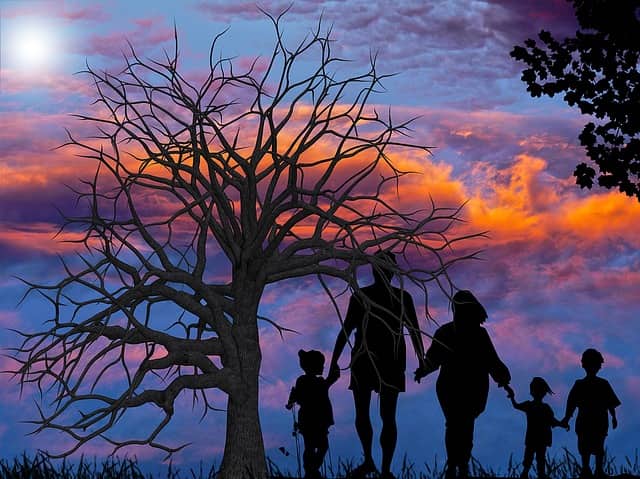
If you have infants or young children, then you’ve got to deal with the fact that they won’t be able to walk or won’t be able to walk long distances. Read more about prepping with children.
I’ve got a 5-year-old, and she’s been backpacking since she was a baby. Yes, I am proud she carries her own pack and is a better hiker than many adults. But I also know it still takes about 4x longer to cover terrain when she is with us (read how to calculate how long a hike will take).
In a disaster situation where we’ve got to Get Out of Dodge fast, she would really slow us down. That is why I keep her Bug Out Bag small and light. I can strap her bag onto mine if she gets tired and carry it for her.
If my daughter were younger and less experienced, I wouldn’t count on her being able to walk herself. Until she was 3, we used a combo carrier/backpack for our Bug Out Bags.
If you are carrying your small child while bugging out, you will have to cut down on the weight of your other gear.
Read this post about how to cut weight from your survival backpack. Every ounce counts!
Dividing Up the Gear in Your Family’s Bug Out Bags
One of the benefits of bugging out with your family is that you can divide up gear amongst all the mobile members (obviously, your infants aren’t going to be carrying a bag).
But how do you divide it up?
There are four main options:
- Give each member matching BOBs
- Make Primary and Secondary BOBs
- Divide Up Gear between BOBs
- Essentials in Each BOB and Divide Up Extras
Option 1: Matching BOBs
The first option is to give each family member matching Bug Out Bags. If you get split up, then everyone has what they need to survive.
However, the load will be heavier because you each have to carry one of everything, so you won’t have space for any extras or comfort items.
Option 2: Primary and Secondary BOBs
The second option is to make one “Primary” BOB containing all the essential items. The “Secondary” bags will have less-essential things which are helpful but not absolutely necessary for survival.
For example:
- The Primary BOB might contain a weapon, tarp, water filter, fire starter, rain ponchos, water bottle, emergency food ration bars, and essential documents.
- The Secondary BOBs would contain items like a tent, cook set, extra clothes, food, water, an axe, and comfort items like a deck of playing cards.
With this approach, you can carry a lot more survival gear.
If necessary, you could also ditch all the Secondary BOBs so you could flee faster.
However, if you get split apart, you risk some family members missing essential gear.
Option 3: Divide Up Gear Between BOBs
The third option is to divide the items up between all bags. If one bag gets lost or stolen, you still have some essential items left.
You can also keep the load lighter in each bag this way, which will help you all move faster.
However, as with Option 2, the downside is that you’ll each be missing essential gear if you get separated.
Option 4: Essentials in Each BOB and Divide Extras
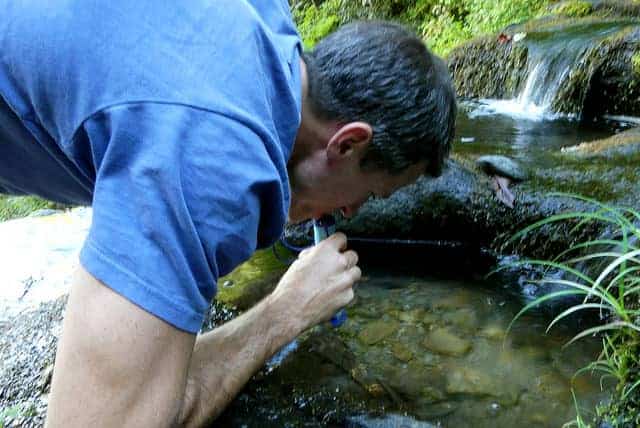
With this final option (generally thought to be the best for families), you put survival essentials in each BOB. Then you divide up non-essentials between the bags as you see fit (such as putting the heaviest items in the strongest member’s bag and light items like toilet paper in the children’s bags).
Below is an example of how the gear might be divided up.
Items to put in Each BOB: (with Amazon links)
- Tarp
- Water filter or purification tablets/drops
- Basic first aid kit
- Knife – check out our recommendations here
- Emergency food
- Water – We recommend one of these bottles with an in-built filter for practicality.
- Rain poncho
- Personal documents (see our emergency binder template.)
- Survival compass and map
- Two-way radios (Read our guide to two-way radios)
Items Divided Between BOBs:
- Cook set
- Tent – read our survival tent guide
- Rope – paracord is recommended here as it has multiple uses
- Extra first aid items
- Extra food
- Extra water
- Extra clothes
- More first-aid items
- Weapons
- Flashlights – read our guide to hand crank flashlights or EDC battery flashlights.
- Specialty and comfort items
- Emergency radio (if you aren’t using two-way radios) – read our guide to emergency radios.
Where Will You Keep the Bug Out Bags?
If disaster strikes, let’s hope the entire family is together at home. But what if disaster strikes while you are at work and your kids are at school?
You must have a disaster communication plan in place for these situations.
But you will also want to consider where you will keep your Bug Out Bags if the disaster happens while you aren’t at home.
I keep one Bug Out Bag at home and a duplicate in my car. My wife has one in her car too.
Since my daughter is only 5, we don’t have a Bug Out Bag in her kindergarten locker. But, when she gets older, we will probably keep a “light” version of the Bug Out Bag in her school locker (obviously, with the knife, matches, and certain other items removed!).
Avoiding Duplicate Items in Your BOBs
As I mentioned before, one of the benefits of bugging out with the family is that you can carry more gear. Since you only need 1 of certain items, you can also significantly reduce the load of each of your BOBs, increasing your mobility.
Here are some Bug Out Bag items you only need ONE of:
- Stove – Guide to the best survival stove
- Water filter – Guide to the best water filter
- Tarp or tent (but you’ll want a larger one for the family; read tent vs tarp)
- First Aid Kit (but have extra bandages and moleskin for blisters; read what to put in your first aid kit)
- Rope (paracord is in our BOB)
- Weapon – Best non-lethal self-defense weapon
- Camping cook pot
Each person will need food, clothes, rain jacket, and sleeping bag.
These are the items I PACK DUPLICATES of:
- Flashlights
- Extra fuel
- Knives
- Matches/fire starter
- Water bottle (one for each family member)
- Plates and utensils (in theory, you could all share, but it is nice to have a set for each family member)
- Compass and map (each family member gets one in case they get lost)
Specialty Items for Family Bug Out Bags
In addition to the Bug Out Bag essentials, these are some of the items you will want to pack in your family BOB:
For Families with Infants and Toddlers
- Baby formula (pack this even if the baby is breastfeeding; the mother might not be available)
- Bottles
- Pacifier
- Diapers
- Baby medicines
For All Families
- Multivitamins (kids have higher nutritional demands, and they also might not be so keen on eating foraged plants, so have some supplements available)
- Extra clothes for the kids (kids get wet and dirty faster than adults, so you will want a spare change of clothes for them; plus, it will let you regulate body temperature better by piling on the layers)
- Toys/Comfort Items (My daughter has paper and pencils in her BOB and a very small stuffed animal)
- Photographs of the Family (these are useful in case you get separated from each other)
- Emergency contact lists and maps of safe places
Do you have family Bug Out Bags packed? What items are inside? Leave your comments below.
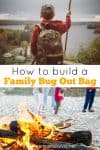
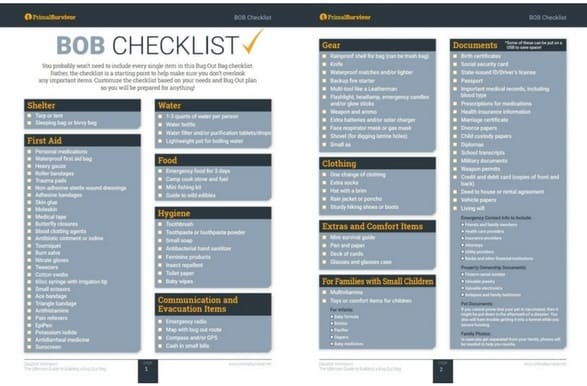
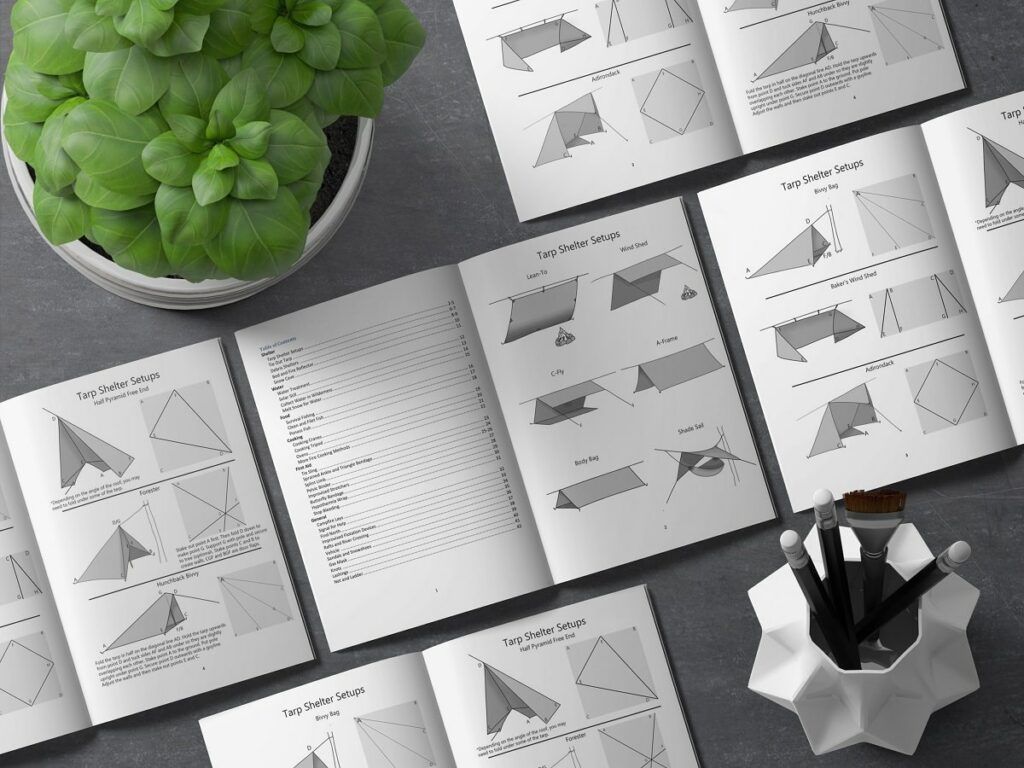

I see a lot of information about BOBs and family preps. What I don’t see addressed is what seniors and disabled people are to do when SHTF. I have done a lot of prepping and have BOBs for both my husband (who has advancing Parkinson’s) and myself (I have >8 chronic conditions but am his primary caregiver). But I don’t see us heading out cross country through the desert where we live. If we’re not able to evacuate we’ll be sheltering in place.
Any ideas?
For a lot of people with disabilities or very young children at home, bugging out is simply not possible. You need a very good hunker-down plan which includes a stockpile of all the medications you need and a backup power supply for medical devices. Everyone still needs a bug out plan though. Yours will likely be much more complex than others. Luckily it doesn’t sound like you live in a hurricane area (if you did, I’d suggest moving!).
An important missed item is medication. You listed meds for baby but many parents and kids have necessary medications they take daily or might need in an emergency like and epi-pen or an inhaler. It’s important to have duplicates and keep them up to date because they do expire. Thanks for the great break down!
There are some toddlers 3-4 who can carry their own stuff longer than you might think, know your toddler not just their age on this. I have a little cousin who carried his own bag on a three mile uphill two down hike at age twoish just fine, but he has always been particularly athletic. Also, when it comes to emergency situations like this, adultishness is judged by capabilities not age. If you have a twelve year old who can set up a campsite on their own and carry a full pack, then there is no reason they shouldn’t be trusted to do so if nessacery.
Totally agree Amelia, as with everything in prepping adapt these guidelines to fit your family’s own situation and skill level.
Also, if you’re not used to carrying your small child long distances (baby-wearing), I recommend that you try it out. Babywearing International has groups that meet up in every major city and many small ones, and for like $30/yr you can try out dozens of different carrier options for up to a month at a time.
I use an Ergo, an Infantino, and a Tula and carry my 20lb toddler for most of the day. Some of the carriers like the Ergo are good up to 45lbs, and aren’t as camping-specific as the hiking backframes, so you can use them for other stuff. (I personally prefer them for adventures over strollers because I hate dragging them around).
Hey Noel – very sensible advice there. Thanks
Regarding diapers:
Cloth diapers are bulky and can be heavy…. however, they’re reusable. Your average baby goes through 8-14 diapers per day. Even in a 72hr bag, that’s a LOT of disposables to carry around.
Now, cloth diapers have to be changed a bit more often, so you go through more inserts. (Cloth diapers, for those who don’t know, are generally made up of a liner or 2 and a cover. Covers can be reused unless there’s a blowout. Inserts, not so much prior to washing)
However, if you live in an area with a decent amount of water, you can be moderately sure of at least rinsing pee out of an insert, and if your bags are waterproof, you can pin the rinsed/washed insert to the outside of the bag to dry. it’s not perfect, and you’ll end up with some damp diapers on baby (which they may or may not tolerate well) but it’s better than running out of diapers entirely.
Lastly, in favor of cloth diapers, the inserts can be used for a number of other purposes, including bibs, bandages, emergency reusable toilet paper (hey, that’s that the baby uses them for!) and burp clothes.
If you’re using cloth diapers in a BOB, though, I HIGHLY recommend adding some diaper cream to it. it’s waterproof(ish!) but specifically meant to protect baby skin against damp diapers, so if you’re having to put damp inserts back on them, it’ll go a long way towards preventing rash.
Mirror for signaling